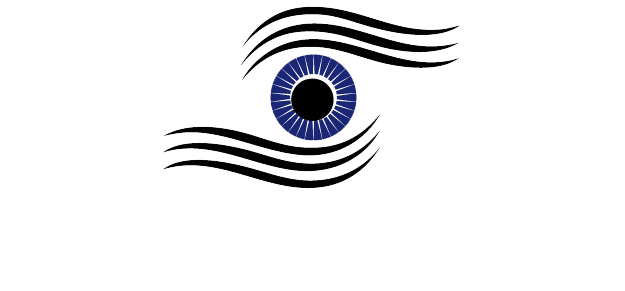Oculoplastic eyelid surgery is surgery around the eyeball, usually of the eyelids, tear ducts, or eye socket (orbit). It can be as straightforward as the removal of an eyelid growth or as invasive as repairing broken bone within the eye socket. Most surgeries are conducted as an outpatient, and the patient goes home after the surgery for rest and relaxation. The following are descriptions of various oculoplastic procedures.
Eyelid growths/lumps: Some eyelid growths can be concerning or simply annoying. If there are growths that may be irritating or rubbing your eyeball, or you have concerns about skin cancer, Dr. Agarwal can remove those growths with a small procedure in her office. As she identifies with her patient’s fears, she tries to make every removal as quick and painless as possible. Usually only numbing medicine is given, and then it usually takes under five minutes to do the removal. All removed tissue is also sent for microscopic laboratory evaluation so both the doctor and the patient know if any further procedures are necessary. Most growths are benign, but can be irritating or change with time to warrant concern.
Droopy eyelids: Heavy or sagging eyelids can block the side or peripheral vision when driving, reading, or playing sports. There can be inflammation with skin rubbing on other excess layers of skin. Fatty tissue can come forward as the eyelid becomes thinner with time and create a puffy appearance. In some cases insurance may cover the removal of the excess skin if it is causing severe loss of side vision. In many cases, it is considered a cosmetic procedure. Removal of excess skin and fatty tissue, also known as blepharoplasty, can usually be done with numbing medicine and no further anesthetics. Patients are comfortable and the procedure lasts less than thirty minutes. Afterwards, patients may go home and relax.
Ptosis: Ptosis is a term that refers to the weakness of the eyelid muscle which causes the eyelid to sink down and often cover the pupil. It can be treated with a strengthening procedure to the eyelid muscle, which widens the opening of the eye. It can be combined with a blepharoplasty which will remove the droopy skin and fat on the eyelid. These procedures may be covered by insurance if the side vision is severely affected. Both procedures can be done in an office setting with numbing medicine in under 30 minutes. Patients can then go home and relax, while placing ice on the eyelids and sleeping on a few pillows at bedtime to keep the swelling down.
Entropion/Ectropion: These terms refer to lower eyelids either rolling inwards and rubbing the eye (entropion) or rolling outwards and drying out (ectropion). They can be extremely irritating and lead to infections and watery eyes. It is often a result of eyelid weakness over time, leading to instability of the eyelid structure. It can be worsened by facial scars or previous surgeries. Dr. Agarwal can usually fix these conditions in the office with minimal discomfort.
Eyelid Skin Cancer: Skin cancer can affect any part of the body including the face and eyelids. It most frequently affects the lower eyelid since the upper lid is often protected from the sun by the eyebrow. Usually removal of a growth on the eyelid and subsequent laboratory analysis of the tissue will tell the patient and Dr. Agarwal that there is skin cancer present. Most cancers are slow-growing and have been present for months to years. However, it is often best to remove those areas completely and do reconstruction to allow the eyelid to look and function as best as possible. The earlier the cancer is diagnosed, the easier the removal and reconstruction can be. Dr. Agarwal also works with many area MOHS surgeons to reconstruct the eyelid after the cancers have been carefully removed. The reconstruction can be done in the office or the operating room.
Watery Eyes/Blocked Tear Ducts: Some patients develop tearing or watering eyes as a result of poor tear duct development during infancy or tear duct blockage over time. When the ducts are blocked, tears may overflow and back up into the eyes, blurring vision. The accumulation of non-draining tears can lead to an infection of the tear sac with redness and pain in the skin at the inner corner of the eye. This condition is often treated with antibiotics. If the tears do not drain normally down the ducts and into the nose, a new drain can be constructed. This is an outpatient procedure in which Dr. Agarwal makes a new opening from the tear duct into the nose, giving the tears the best chance for drainage and prevention of future infections.
